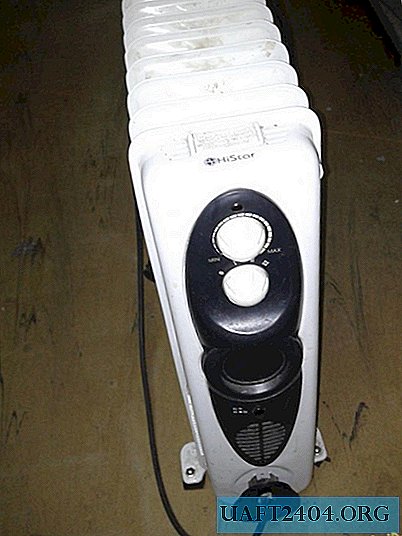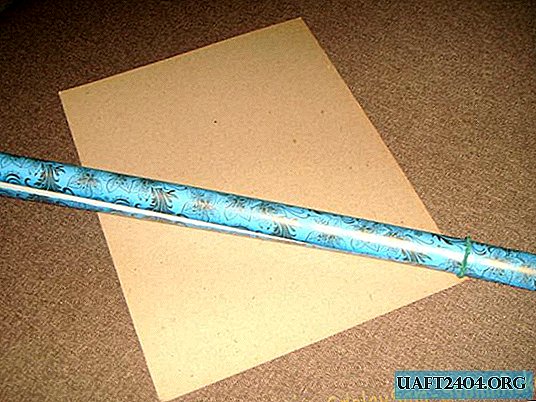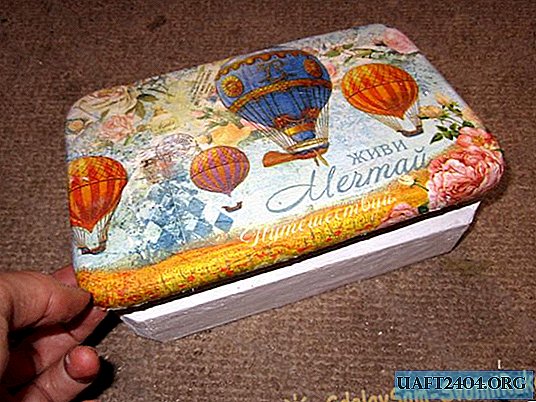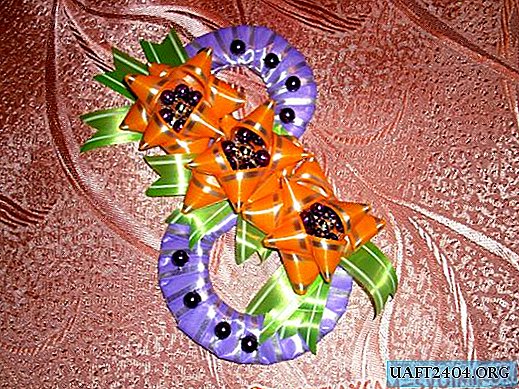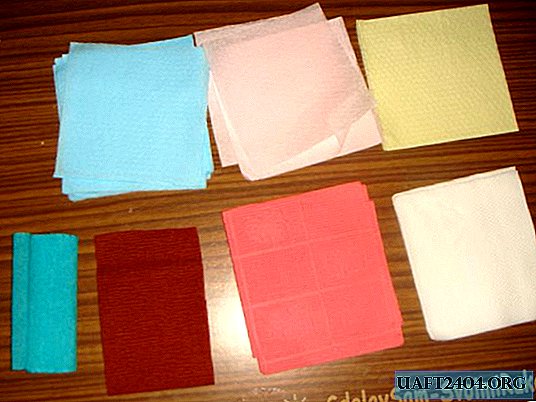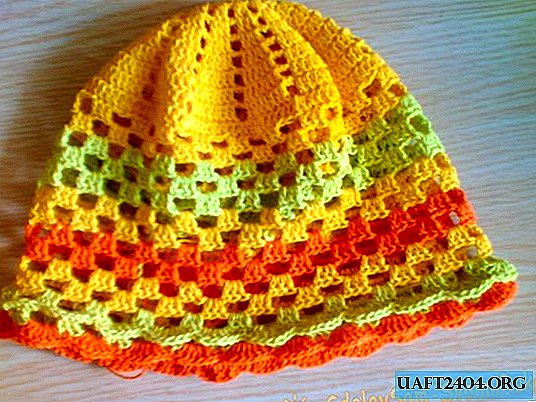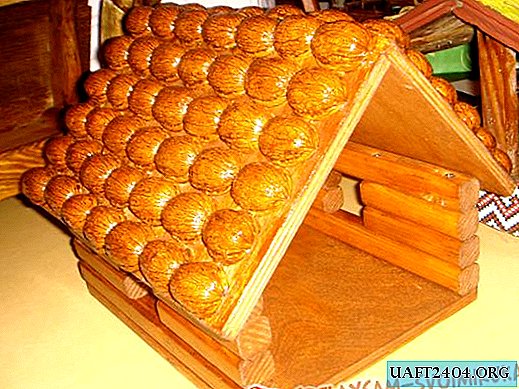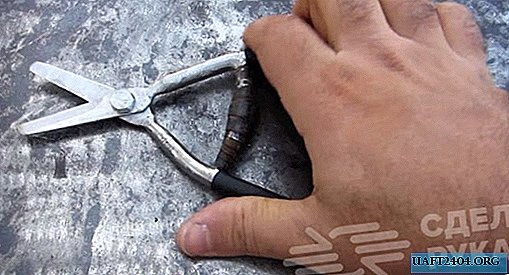Share
Pin
Tweet
Send
Share
Send
We distribute the threads by color, we will knit like this:
- 4 full rows of red thread;
- 4 rows of purple;
- 4 rows of yellow;
- 4 rows of white;
- We translate 52 loops from the RP (working position) to the PNP (front non-working position) and knit further:
- 4 rows of red thread;
- 4 rows of purple.
We translate another 52 loops from RP to PNP. We now have 104 loops in the PNP. We knit 4 more rows, already a yellow thread.
We extend all the loops in the RP and start knitting from full rows, but now we have a shift, and the first one will be white, then red, purple and yellow.
We continue knitting in short rows, another 8 rows. The color will shift to full rows again. We knit a cloth of 336 rows.
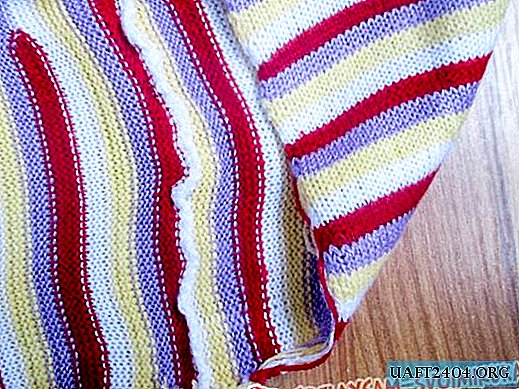
Remove the fabric from the loops and sew it on a typewriter, or connect a knitted seam.

We got a skirt flared down.

Now you need to tie 4 rows of scales to her lace. In the same order of alternating colors as the main canvas. To do this, we collect a chain of air loops, equal in length to the bottom of the skirt, you can slightly more. We close the chain and knit lace "scales".

We do not finish the lace with the scales themselves, but we knit another row above them.

We tie the narrow part of the skirt, that is, its top, with red thread.

Having knitted one row, mark the side “seams” of the canvas with some thread or pins.

Having departed 3 cm from the intended line, we begin to knit a number of scales with red threads.

Over the red scales we knit a row of double crochets of the same color, and the next scales will be purple and. etc ...

We knit 3 times 4 rows of scales, and on top we knit the shoulders. To do this, we knit from the edge line 12 loops s / sn in three rows on each side.

From the wrong side, we cut off all unnecessary threads and hide them in the extreme loops of the rows.

We begin tying the armholes and shoulders with a red thread very densely, using 2 s / sn with a common top. This will allow you to make a beautiful edging on the top.

Now it remains to sew our lace to the hem of the skirt.

To do this, we attach it to the lower edge of the panel.

Attached on a typewriter.

The lace at the top remains a nice strip of holes in the picture. They can be left untouched, or you can stretch a satin ribbon or thread.

For the fastener we tie the buttons with red yarn. Starting with an open loop, which we then tighten. It is also called the amiguri loop. We leave the long end, and then sew the buttons on the rear shoulders. On the right, 2 buttons can be sewn tightly, but on the left, leave one to the neck so that the head can crawl through.

Dress is done! And how my granddaughter likes it! I barely took it off.

Share
Pin
Tweet
Send
Share
Send

